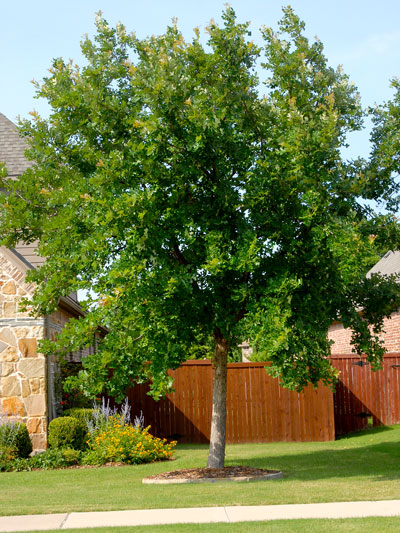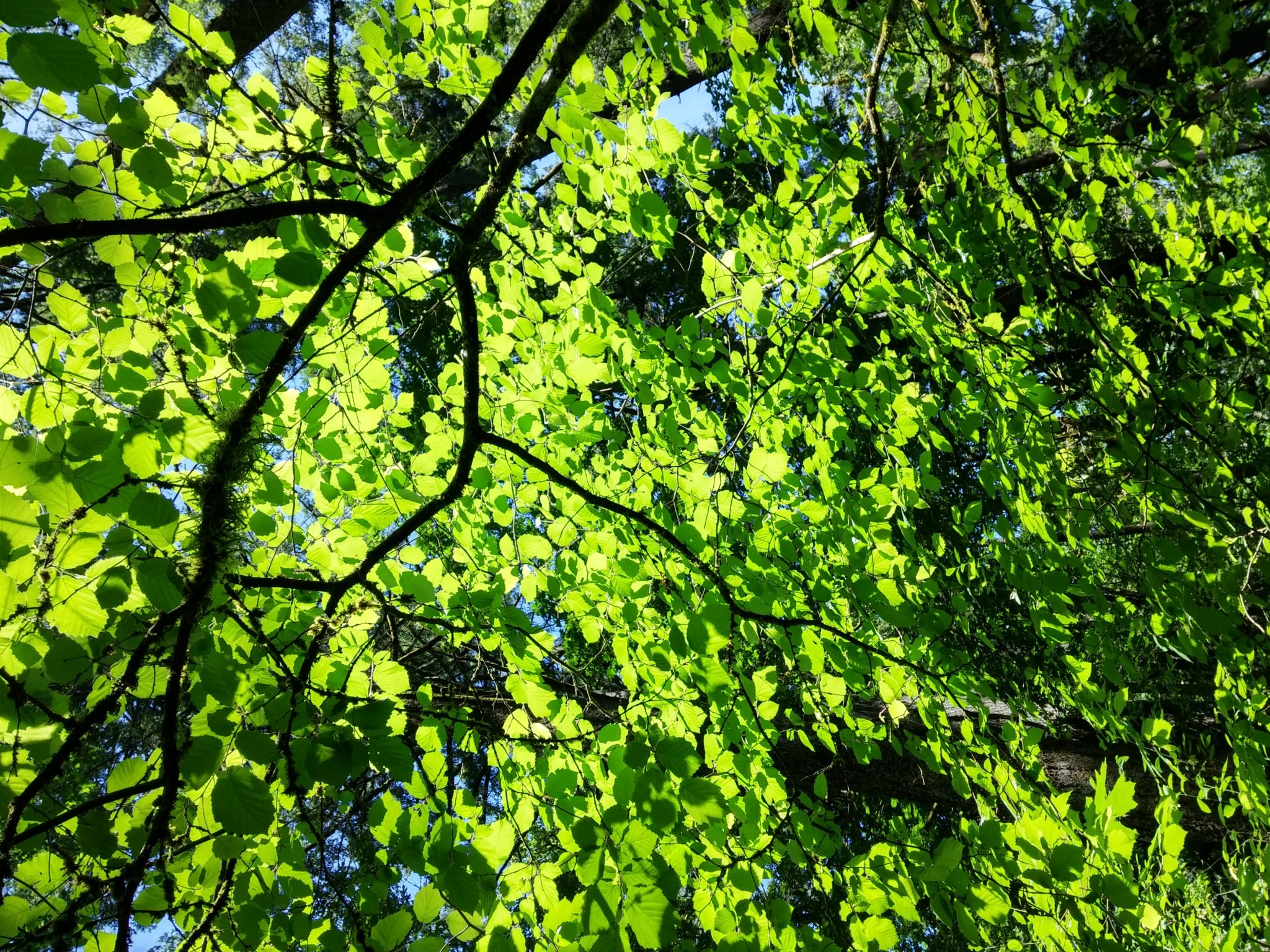

This drop in efficiency happens when vegetation blocks proper airflow to the unit or traps too much heat near it. Researchers from the Florida Solar Energy Center found that effective shading of an air-conditioning unit could yield energy savings of 6 percent, but an improper setup could result in a drop in efficiency of up to 15 percent. But if done improperly, there could be a net in-crease in energy use.


In addition, shading the coils of your outdoor air-conditioning unit or heat pump has the po-tential to modestly reduce energy demand. Use a large bush or row of shrubs to shade a sidewalk or driveway, plant a hedge to shade a sidewalk and build a trellis for climbing vines to shade a patio. Depending on the species and your home’s design, the tree should start shading the roof in 5 to 10 years.Īlso consider shorter trees, shrubs and groundcover plants to shade the ground and pavement around the home, reducing heat radiation and cooling the air before it reaches your home's walls and windows.
#Shade tree windows
Also make sure trees won’t grow into your electric co-op’s power lines – and that branches damaged during a storm can’t fall into the lines.Ī 6- to 8-foot deciduous tree planted near your home will begin shading windows the first year. Plant trees far enough away from your home so that when they mature, their root systems won’t contact the foundation – and branches can’t damage the roof. Slow-growing trees also can be more drought resistant than fast-growing trees. Also, because slow-growing trees often have deeper roots and stronger branches, they’re less prone to breakage by windstorms or heavy snow loads. Trees with crowns lower to the ground are more appropriate on the west side of your home, where shade is needed from lower afternoon sun angles.Īlthough a slow-growing shade tree may require many years of growth before it shades your roof, it generally will live longer than a fast-growing tree. This means that if your home currently is unshaded, you could be able to cut summer air-conditioning costs by 15 to 50 percent.įor areas where sunlight can come in through windows for natural warmth in the winter, choose deciduous trees (ones that lose their leaves in the fall) with high, spreading crowns to provide maximum shading during summer. In summer, a tree’s shade can cool surrounding air temperatures by as much as 9 degrees, and air temperatures directly under trees can be as much as 25 degrees cooler. Solar heat absorbed through your home’s windows and roof increases your cooling costs, but – depending on the location and orientation of the trees and your house – you can gain signifi-cant energy savings by planting shade trees. Strategically planting trees and shrubs around your home is a tried-and-true way to save during warm weather when the air-conditioning runs many hours a day. Want to save money on your energy bill without investing in expensive retrofits and renova-tions? Get a shovel.


 0 kommentar(er)
0 kommentar(er)
